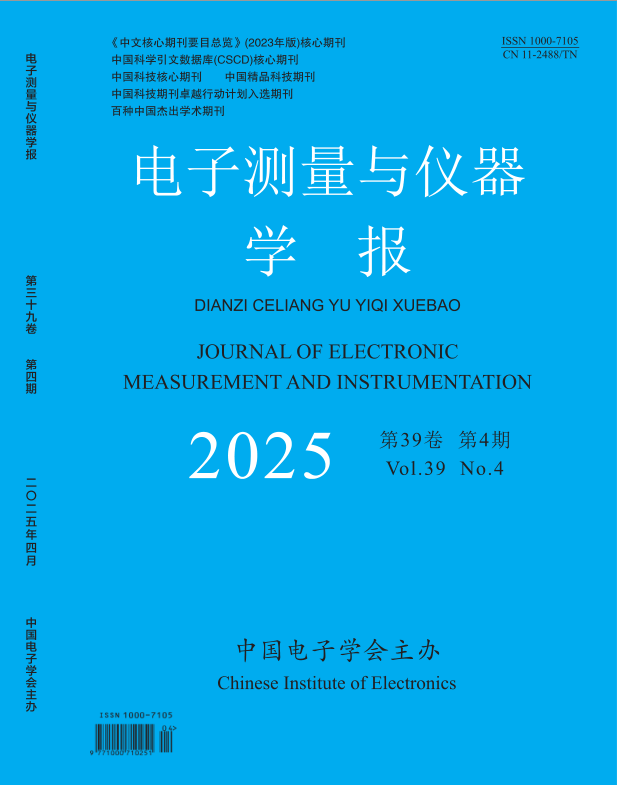2023, 37(12):242-252.
Abstract:With the continuous expansion of the power grid scale, the power grid monitoring data presents a trend of diversification, high�speed and massive quantities. Consequently, the monitoring work of the power grid has become increasingly complex and challenging. In
order to solve the problems of low efficiency and poor synchronization of high-dimensional data processing in power system by traditional
methods, a monitoring method based on random matrix theory is being investigated to extract monitoring data feature values and detect
power grid anomalies. Firstly, disturbance situations within the power grid are designed, and a matrix window is constructed to select
monitoring signals within a time series, resulting in a high-dimensional matrix. Secondly, Marchenko-Pastur law and single-ring law are
applied for matrix transformation, and feature values are extracted based on the distribution of these values to judge the system's state.
Then, linear statistics based on feature values are used to construct various evaluation indicators, including maximum eigenvalue of
sample covariance matrix, energy with minimum eigenvalue, maximum-minimum eigenvalue, and mean spectral radius. Finally, the
performance of each statistical indicator during short-circuit faults, open-circuit faults, and fault clearance in the power grid is compared
to achieve power grid state recognition, anomaly event detection, and power grid stability assessment. The results show that these
indicators can accurately determine whether the system has anomalies, detect the start and end time of anomalies, and evaluate the
stability of the power grid. The method proposed by this paper can detect disturbances like open circuits and short circuits, and achieve
synchronized processing of global monitoring data with low computational complexity and high efficiency, making it suitable for detecting
anomalies in large-scale power grids.
